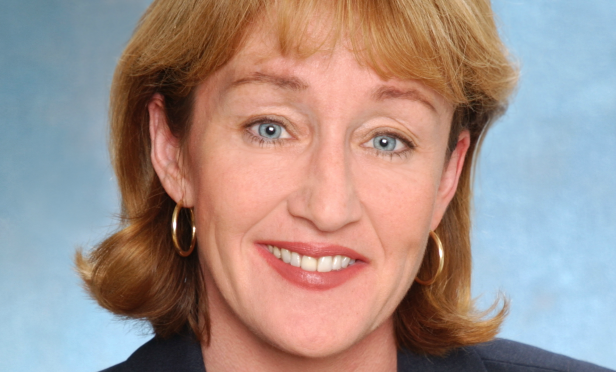Los Angeles commercial and multifamily property owners are pushing the LADWP to expand its pilot solar feed-in-tariff program, which allowed property owners to lease rooftop space for solar panels. The program was popular, but has been fully subscribed. Expanding the program would be a benefit to both owners as well as in helping the city achieve its sustainability goals.
“We think that it is really good for the customers, multifamily property owners and commercial property owners in the DWP territory,” Mary Leslie, president of LABC, tells GlobeSt.com. “This is a customer friendly program, and the DWP has learned a lot about how the program works and who can reliably deliver it. They are in a good position now to expand it. We are asking them to make the program permanent because the 150-megawatt pilot is now fully subscribed. We would like them to make the program permanent and expand the amount of megawatts they have contributed to it, which is 300.”
The city is also supportive of expanding the program, which means that it will likely be approved. “There is very strong support, and that has been critical. The Mayor's sustainability plan calls for 900 to 1,500 megawatts of local solar. It is his intention to see the solar feed-in-tariff program expand to upwards of 450 megawatts,” Leslie. “Currently, the DWP has 300 megawatts in their IRP planning documents.”
There are numerous reasons why this program has been so popular, but at the top of the list is the monetization of rooftop space. LABC did a survey with commercial brokers and estimates that the solar program has a benefit of $0.04 to $0.05 cent per foot benefit on a solar lease on a roof. “An owner can use their rooftop, which is an under-utilized asset for them at this point as a place to generate income,” says Leslie. “It also has other benefits. Not only do you get an incomes stream from the roof, but putting the solar on the roof cools the entire building, which brings down costs.”
If the program is expanded, this will incentivize more owners to sign up. “The commercial brokers and solar developers will market the program aggressively because it is a very advantageous program for them as well,” adds Leslie.
While there are financial benefits, the program also increase sustainability and the use of alternative energy as well as pushing the city toward its sustainability goals, which are ambitious. “We have aggressive climate change goals, and without these programs, we are not going to get to our goals,” says Leslie. “The city welcomes this. It is a local investment; it creates high-paying jobs; and it is allowing us to leverage the ITC federal tax credit and reduce CO2 and GHG.”
Want to continue reading?
Become a Free ALM Digital Reader.
Once you are an ALM Digital Member, you’ll receive:
- Breaking commercial real estate news and analysis, on-site and via our newsletters and custom alerts
- Educational webcasts, white papers, and ebooks from industry thought leaders
- Critical coverage of the property casualty insurance and financial advisory markets on our other ALM sites, PropertyCasualty360 and ThinkAdvisor
Already have an account? Sign In Now
*May exclude premium content© 2025 ALM Global, LLC, All Rights Reserved. Request academic re-use from www.copyright.com. All other uses, submit a request to [email protected]. For more information visit Asset & Logo Licensing.









